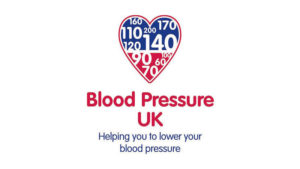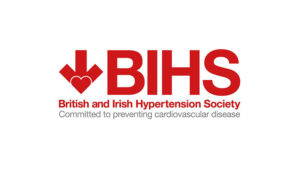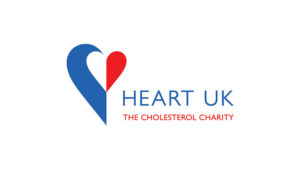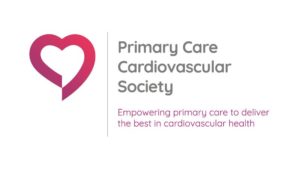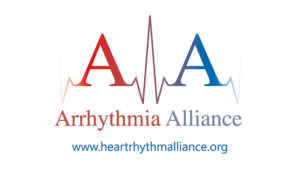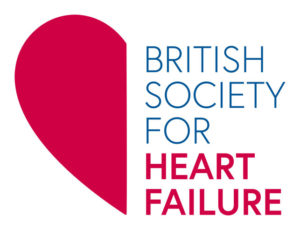Male hypogonadism—also known as testosterone deficiency syndrome—occurs when the testes no longer produce enough testosterone. Testosterone deficiency may be an important factor in increasing a man’s cardiovascular risk. However, the symptoms are often overlooked in older men, both by primary healthcare professionals and by patients themselves.
After stroke: discharge is just the beginning
Like falling off a cliff’ or ‘falling into a black hole’. This is how stroke survivors and their carers often describe discharge from hospital back to their own home. Recognising this issue, the National Stroke Strategy recommended planned reviews to identify unmet needs for health and social care, and secondary prevention. This article discusses tools designed to help professionals to review the evolving needs of stroke survivors and their families.
Making sense of liver function tests
The liver has many functions, and therefore diseases of the liver have numerous consequences. These can be detected and monitored with blood tests. This article provides a review of liver function tests, or LFTs, and how they relate to the key functions of the liver and some of the most common liver diseases.
Reducing alcohol misuse and using audit tools in primary care
Excessive alcohol consumption has joined smoking and obesity as one of today’s major threats to public health. It is a major cause of liver disease, as well as a range of cancers, cardiovascular disease and mental illness. What’s the solution? We look at how primary care can identify patients who are drinking too much and what interventions can help.
Editorial
As practice nurses, our day at the surgery ends well when everything has gone smoothly and patients and colleagues have gone home happy. But we often feel the greatest sense of achievement when we have had to go beyond our usual routine to try a new approach to a problem, or do something that we never thought we could do.
Editorial
Spring has now well and truly sprung and the NHS is heading towards changes as the Health and Social Care Bill takes effect. But what won’t change is the need for primary care to do our very best to prevent, diagnose and treat cardiovascular disease and diabetes, as major causes of illness and premature death. At BJPCN we aim to equip you with the latest practical guidance and our conference in November will also help to keep you up to date, please come if you can.
Lipids in profile: back to basics
Dealing with the complexity of lipid metabolism, its outcomes and modification can easily seem overwhelming for primary healthcare professionals. This article aims to help you understand the fundamentals using a back-to-basics approach designed to enhance your practical management of the most important risk factor for the development of atherosclerotic cardiovascular disease. The focus will be on the cholesterol-carrying lipoproteins LDL and HDL but we will also review important issues concerning the use of the total cholesterol to HDL ratio, the significance of triglycerides and the perennial question: ‘to fast or not to fast?’
The ultimate cholesterol lowering plan in practice: case study
Cardiovascular disease (CVD), including coronary heart disease (CHD) and stroke, is the leading cause of mortality in the UK. In addition to the effect on quality of life, CHD imposes a huge annual burden with costs on healthcare relating to CHD estimated to be over £3.3 billion a year in the UK.1 Coupled with the obesity epidemic, costing the NHS an estimated £4.2 billion per year,2 this creates a huge burden upon healthcare resources. This article was sponsored by an educational grant from Alpro soya UK; however, the views expressed are the author’s own.
How to use glycaemic index as a dietary tool for controlling type 2 diabetes
Glycaemic index (GI) is a hot topic, often misunderstood by healthcare professionals and patients. This article fills the gaps by explaining the low-GI diet in detail, describing the benefits and barriers to using GI in practice, the benefits in patients with diabetes and the controversy that surrounds it. The aim is to help primary care professionals to make informed decisions on when and how to use GI in helping patients with diabetes to plan their diet.
Modern insulin therapy reviewed
As the use of insulin therapy becomes more common in the ever-growing population of people with diabetes, practice nurses need to be aware of the range of insulins now available and how they work as they take on more responsibility for the management of these patients. In this article, we look at the production and role of insulin in the body and how type 1 and type 2 diabetes affects this. Moving on to newer insulins, we review how longer-acting insulins are used to mimic the characteristics of natural background insulin, the role of shorteracting insulins available for mealtime bolus doses, and the use of insulin mixtures in practice.
Post-MI patients: the no tears review
This second article focuses on safe and effective prescribing of medications which will reduce risk of further cardiovascular events. This series provides a ‘hands on’ practical guide to conducting medication reviews of long-term cardiovascular conditions. In this issue, we look at how to ensure post-myocardial infarction patients are taking the right medications at the right doses to ensure they get maximum benefit.
How to carry out an annual review for patients at high CVD risk
Putting Prevention First, the national strategy for cardiovascular risk assessment for people aged 40 to 74 years, remains high on the healthcare agenda regardless of NHS changes. The “Cog Man” on the cover of the guidance and leaflets distributed to practices and pharmacies highlights the close links between the heart, brain, kidneys and diabetes and underlines the comprehensive nature of vascular risk assessment. In this article, we look at how to carry out an annual review in high-risk people with a cardiovascular risk score of 20% or higher but who do not have high blood pressure, diabetes, chronic kidney disease or atrial fibrillation.




